Another common way of extending the I - IV - V sequence is by adding the chord of the sixth scale degree, giving the sequence I - vi - IV - V or I - vi - ii - V, sometimes called the 50s progression.
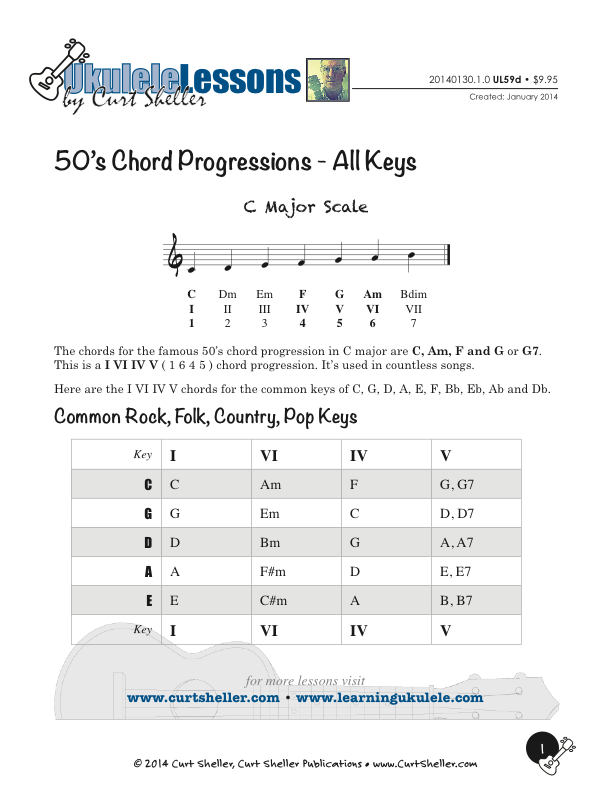
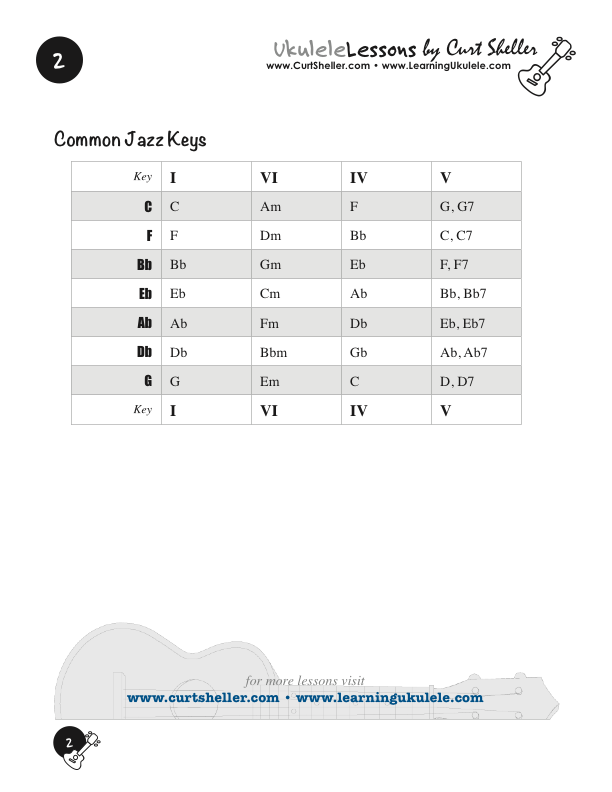






Another common way of extending the I - IV - V sequence is by adding the chord of the sixth scale degree, giving the sequence I - vi - IV - V or I - vi - ii - V, sometimes called the 50s progression.
Available for Premium Site Access Plans Only
1 6 4 5 -or- 1 6 2 5
In fact this sequence had been in use from the earliest days of classical music (used often by Wolfgang Amadeus Mozart), but after generating popular hits such as Rogers and Hart's Blue Moon (1934), Jerome Kern and Dorothy Fields 1936 and Hoagy Carmichael's Heart and Soul (1938), it became associated with the black American vocal groups of the 1940s, The Ink Spots and The Mills Brothers Till The, and thus later became the entire basis of the 1950s doo-wop genre, a typical example being The Monotones' The Book of Love.
Here are a few of the many songs that use this progression.
- All You Have To Do Is Dream – Everly Brothers
- I Will Always Love You – Dolly Parton
- Crocodile Rock – Elton John
- Earth Angel – The Penguins
- Happiness Is A Warm Gun – The Beatles
- Jesus Of Suburbia – Green Day
- Baby – Justin Bieber
Another common way of extending the I - IV - V sequence is by adding the chord of the sixth scale degree, giving the sequence I - vi - IV - V or I - vi - ii - V, sometimes called the 50s progression.
Available for Premium Site Access Plans Only
1 6 4 5 -or- 1 6 2 5
In fact this sequence had been in use from the earliest days of classical music (used often by Wolfgang Amadeus Mozart), but after generating popular hits such as Rogers and Hart's Blue Moon (1934), Jerome Kern and Dorothy Fields 1936 and Hoagy Carmichael's Heart and Soul (1938), it became associated with the black American vocal groups of the 1940s, The Ink Spots and The Mills Brothers Till The, and thus later became the entire basis of the 1950s doo-wop genre, a typical example being The Monotones' The Book of Love.
Here are a few of the many songs that use this progression.
- All You Have To Do Is Dream – Everly Brothers
- I Will Always Love You – Dolly Parton
- Crocodile Rock – Elton John
- Earth Angel – The Penguins
- Happiness Is A Warm Gun – The Beatles
- Jesus Of Suburbia – Green Day
- Baby – Justin Bieber
Related Lessons, Videos, Lesson Series, Songs, Books & Reference Charts, Resources & Assets, Workshops are below.
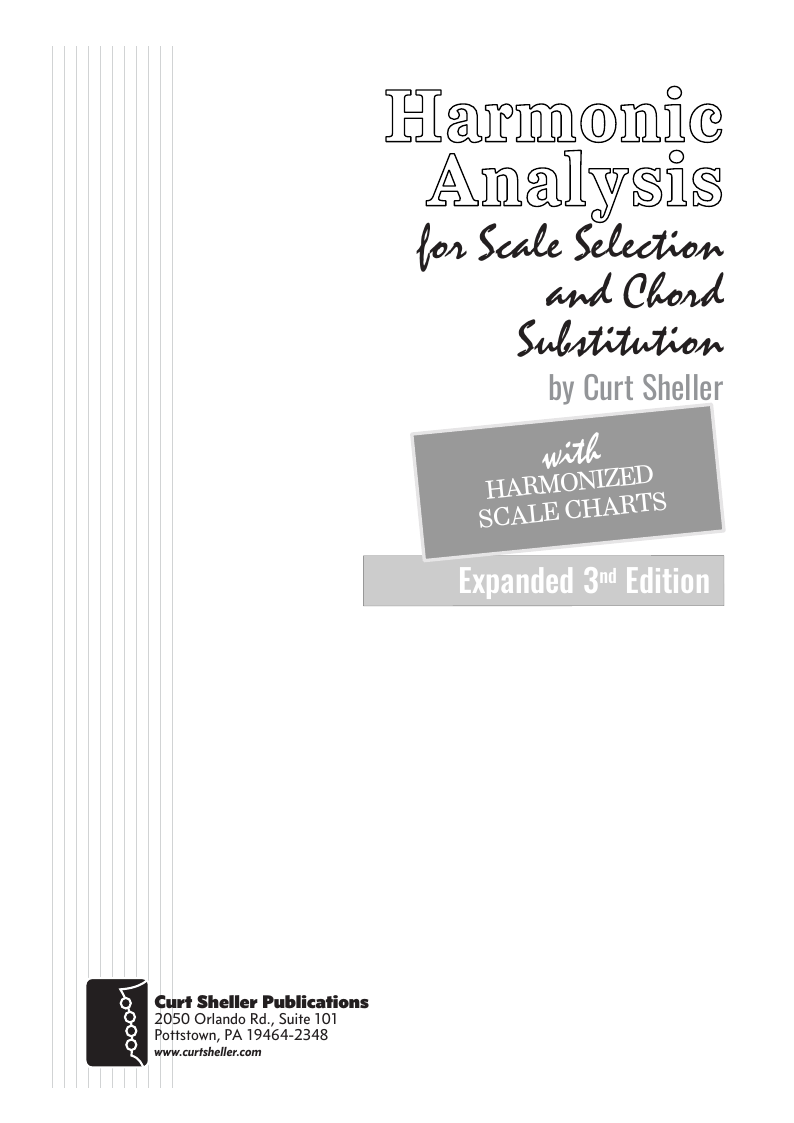
Harmonic Analysis ( HA ) is the process used to determine the harmonic function of chords within a chord progression. A chord progression is defined as a sequence of chords, each chord has a root and has a particular chord type. The relationship of a chord's root to a scale determines its function within that scale's tonality. Once a chord's function is identified, scale selections along with chord and scale substitutions can be made. This process is called Root Movement Analysis ( RMA ). This series of lessons are extracted from my book for use with individual private and on-line students. Each lesson directly corresponds the chapters in my book Harmonic Analysis for Scale Selection and Chord Substitution by Curt Sheller (me).
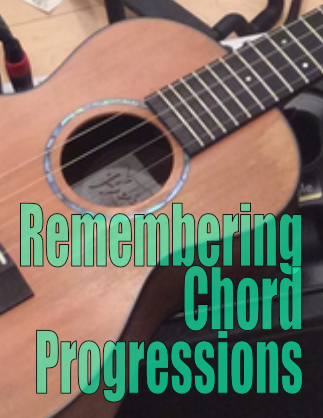
Listening to songs and wanting to play the same songs on ukulele – that's what draws most people to the ukulele. That and it looks like a load of fun and easy to play – which it is. Then you need to actually remember the songs that you're learning, so you can play them again. And, hopefully, not have to read them off a sheet all the time.

Harmonic Analysis (HA), also known as the study of chord relationships, is the method used to identify the harmonic role of chords within a chord progression or song. A chord progression refers to a sequence of chords, with each chord having a root note and belonging to a specific chord type. The function of a chord within a particular scale's tonality is determined by its relationship to that scale.

Harmonic Analysis is the understanding of the functional sequence of chords. It is the process used to analyze the harmonic structure of a progression, song or composition. This analysis is then used to make scale selections for improvisation and chord substitution.
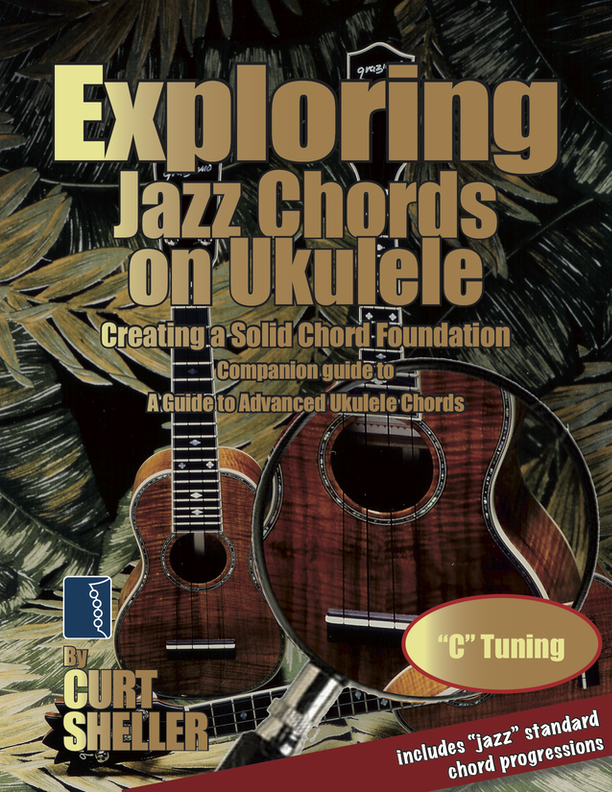
Exploring jazz chords using a variety of common chord progressions based on songs from the standard jazz repertoire. Core Chords are the basic set of chords needed to play a wide range of music, in a variety of styles. This set of chords includes basic open position chords, basic movable form chords and the core 4-part "jazz" chords.

Covering basic ukulele chords that ALL uke players MUST know, movable chord forms, rock uke chords, how to transpose chords, learning the ukulele fingerboard and an introduction to 4-part jazz chords and more... FOR LEFTIES - Tunings: C, G, or D Tunings. Low or high string four variations.
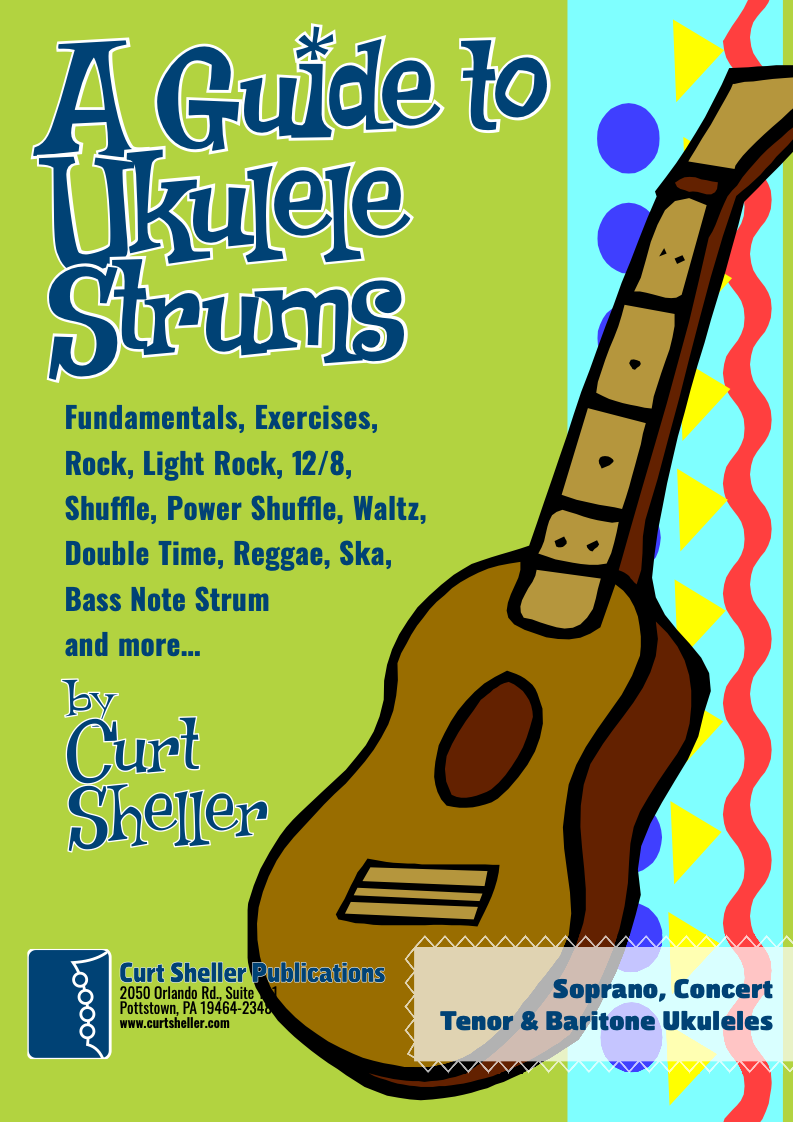
Learn a variety of strums and rhythmic patterns in wide range of musical styles. One of the first skills a ukulele player learns is the art and craft of strumming, playing rhythm. This refers to an accompaniment technique suitable for the singer, singer - songwriter or someone who plays a support role for another instrument.
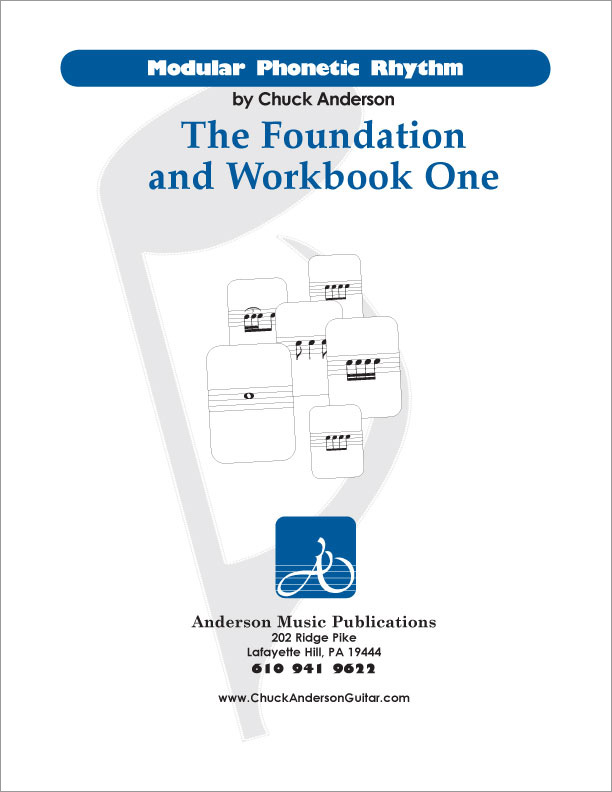
Modular Phonetic Rhythm represents a significant advance in the teaching and application of rhythm. Eliminating many inefficient aspects of rhythm education, Modular Phonetic Rhythm streamlines the traditional educational approach, resulting in a reflexive reaction to rhythm.

Finally, learn the names of the notes of the ukulele fingerboard in C tuning .

Learn the six fingering principles to navigating the ukulele fingerboard. Fingering is one of the most universal topics. Book: Six Secrets of the Ukulele Fingering

Harmonic Analysis is the understanding of the functional sequence of chords. It is the process used to analyze the harmonic structure of a progression, song or composition. Book: Harmonic Analysis for Scale Selection and Chord Substitution

Learn to read single note melodies in the first/open position is a lot easier than you might think. Book: Ukulele – Reading Music Series – Primer

An organized collection of daily practice and reference material for the contemporary ukulele player for developing the vocabulary and knowledge necessary for single note playing. Book: Daily Practice Material for the Contemporary Ukulele
Checkout the Books & Reference Charts for additional Handy, Dandy Reference Charts.

Ukulele Fingerboard Chart for C Tuning, Low or High G – G C E A

Ukulele Fingerboard Chart for G Tuning, Low or High A – D G B E

A handy reference chart of all 15 major and relative minor key signatures. US Letter 8.5 x 11 sized (ANSI-A), A4
Checkout the Books & Reference Charts for additional Handy, Dandy Reference Charts.




.jpg)